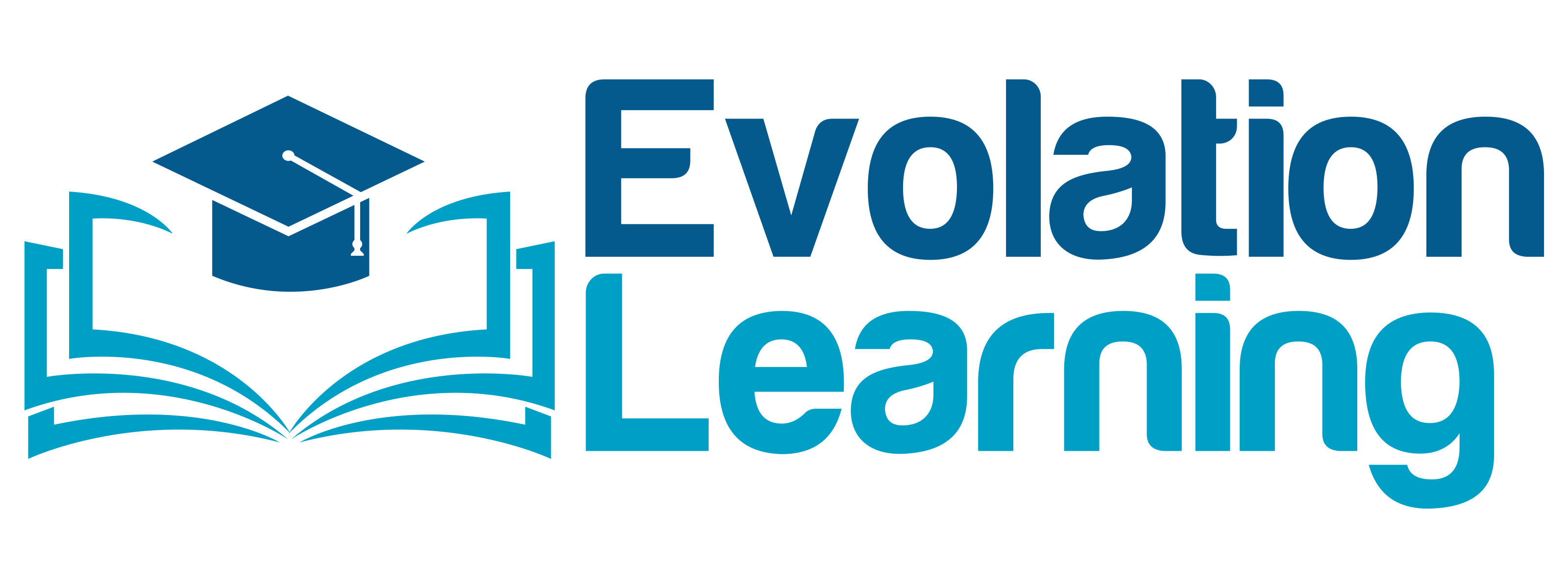TAELLN421 – Integrate core skills support into training and assessment
Integrate core skills support into training and assessment guide describes the skills and knowledge needed to identify core skill demands in nationally recognised training products, and in workplace, learning and assessment context tasks and texts. It involves comparing those identified demands with the core skills of learners and candidates in vocational training and assessment and providing integrated core skill support to address the identified gaps.
The unit applies to vocational education and training (VET) teachers, trainers and assessors who use a range of technical and training competencies to integrate awareness of core skill requirements into their training and assessment. Current authorised Australian foundation skill frameworks describe the core skills. They include digital literacy, learning, reading, writing, oral communication, and numeracy skills.
This unit does not include the skills and knowledge required to provide specialist support or the competencies used by experienced VET teachers, trainers and assessors to lead the development of foundation skills support.
No licensing, legislative or certification requirements apply to this unit at the time of publication.
